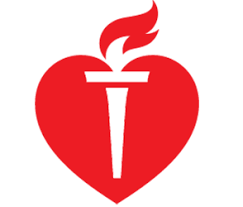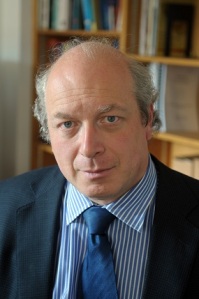
Image: nfl.com
The recipient of a doctor of medicine from Yale University, Michael Simons has served as a professor and researcher of cell biology at Yale since 2008. Beyond his work, Michael Simons is a passionate fan of the National Football League (NFL) Seattle Seahawks.
The Seahawks received below-average production from their kicker, Blair Walsh, last season. Walsh, who signed a one-year contract with the team during the 2017 offseason, made only 21 of a possible 29 field goals and missed vital attempts in losses against Arizona, Atlanta, and Washington.
Seattle wasted little time finding Walsh’s replacement when the team signed 26-year-old Jason Myers to an NFL futures contract in January. However, the former Jacksonville Jaguars kicker is not guaranteed to start for the Seahawks in 2018 – on April 13, the team announced the signing of Pro-Bowl kicker Sebastian Janikowski.
A former two-time All-American kicker at Florida State, Janikowski has the experience advantage over Myers. The 40-year-old Janikowski played 17 seasons with the Oakland Raiders prior to missing last year with a back injury.
Until last year, Janikowski shared the record for the longest field goal in NFL history (63 yards), and he currently holds the league record for made field goals beyond 50 yards (55). He has made 80.4 percent of his field goal attempts, while Myers has been successful on 81 percent of his attempts, albeit in a much smaller sample size.







